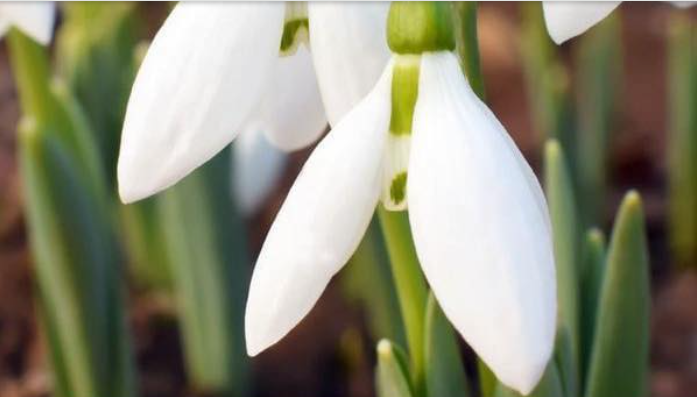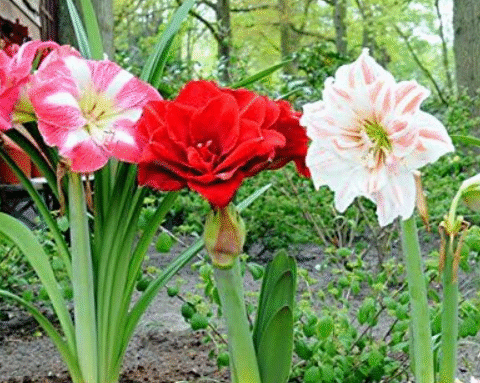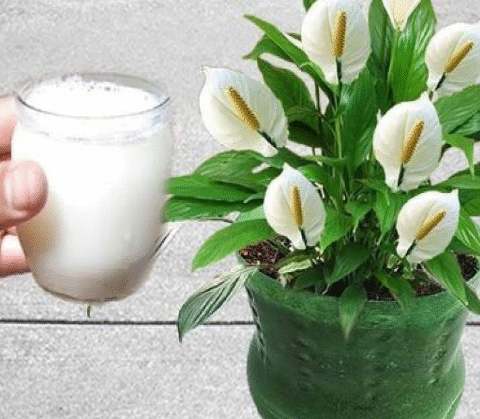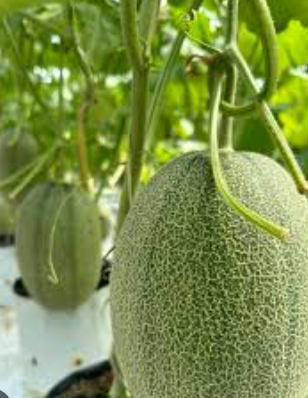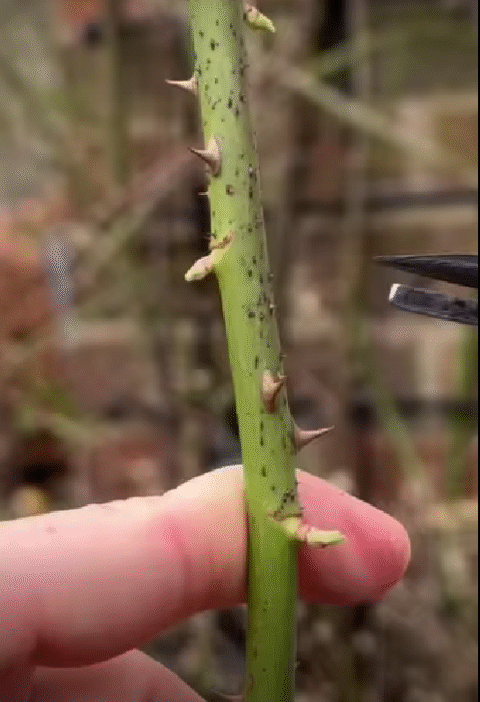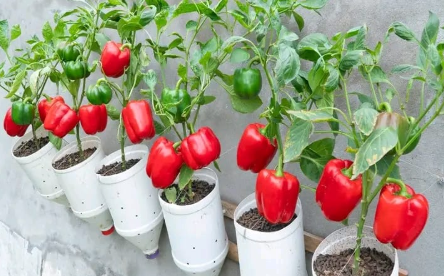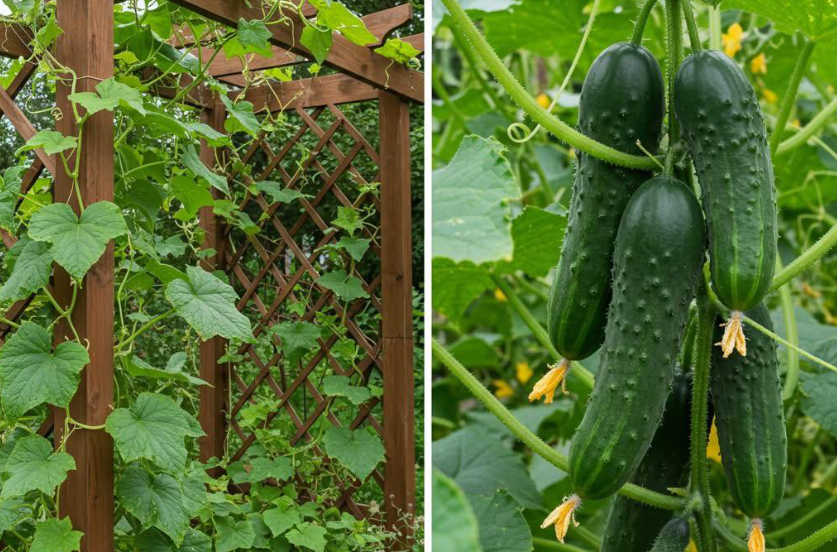7 Essential Garden Tasks for March: Your Spring Prep Checklist 🌼
March marks the transition from winter to spring—a pivotal time in every gardener’s calendar. The soil is waking up, trees are budding, and with the right preparation, your garden will soon be bursting with color, life, and flavor.
Whether you’re a seasoned gardener or just starting out, completing these seven essential tasks in March will give your plants the best possible head start and ensure a beautiful, thriving landscape for the warm months ahead. Let’s dig in! 🌿
1. Prepare Your Soil for Planting 🌱
The secret to a lush garden lies beneath the surface—your soil. Now is the perfect time to prepare garden beds for planting.
How to Improve Your Garden Soil:
- ✅ Clear debris – Remove leaves, mulch, and dead plant material from winter.
- ✅ Loosen compacted soil – Use a garden fork or tiller to break up the ground.
- ✅ Test soil pH and nutrients – Use a home test kit or send a sample to your local extension office.
- ✅ Add compost or organic matter – Boosts drainage and adds essential nutrients.
- ✅ Apply mulch – Helps retain moisture and suppresses spring weeds.
Expert Tip: Avoid tilling soil that’s too wet—it compacts easily and damages soil structure, warns horticulture expert Dr. Leila Nour.
2. Prune and Trim Trees, Shrubs, and Perennials ✂️
Pruning in March allows plants to focus their energy on new, healthy growth. It also prevents disease and improves shape.
What to Prune in Early Spring:
- ✅ Dead or diseased wood – Remove damaged branches to prevent spread of disease.
- ✅ Overgrown trees and shrubs – Shape and size them before sap rises.
- ✅ Summer-flowering shrubs – Such as hydrangeas, roses, and butterfly bush.
- ✅ Perennials – Cut back dead growth from last year to make way for new shoots.
⚠️ Caution: Don’t prune spring-blooming plants like lilacs or azaleas yet—you’ll remove the buds!
3. Start Seeds Indoors 🌿
Many vegetables and flowers need a head start indoors before moving into the garden. March is prime time to sow seeds under lights or in sunny windows.
Best Seeds to Start Indoors in March:
- Vegetables: Tomatoes, peppers, eggplants, lettuce, broccoli
- Herbs: Basil, cilantro, thyme, parsley
- Flowers: Zinnias, snapdragons, marigolds, petunias
Seed Starting Steps:
- Use seed-starting trays or biodegradable pots with drainage.
- Fill with a sterile, lightweight seed-starting mix.
- Keep soil moist—not soggy—by misting regularly.
- Use a grow light if sunlight is insufficient.
Tip: Harden off seedlings by gradually introducing them to outdoor conditions before transplanting.
4. Plant Cold-Tolerant Crops Outdoors 🥬
Not all planting has to wait for April. Many hardy vegetables and flowers can be sown directly outdoors in March, even in cooler climates.
What to Plant Now:
- Vegetables: Peas, spinach, carrots, radishes, kale, onions
- Flowers: Pansies, violas, snapdragons, sweet peas
Use row covers or garden cloches to protect your young seedlings from late frost and chilly nights.
5. Clean and Maintain Garden Tools 🛠️
Before the planting season kicks off, take stock of your garden tools and give them some TLC.
How to Maintain Your Tools:
- ✅ Clean off rust and soil with a wire brush and warm soapy water.
- ✅ Sharpen blades on pruners and shears for clean cuts.
- ✅ Oil joints and hinges to prevent squeaking and wear.
- ✅ Inspect hoses and irrigation systems for clogs or leaks.
Storage Tip: Hang tools in a dry shed or garage and coat metal parts lightly with oil to prevent corrosion.
6. Attract Pollinators to Your Garden 🐝
Pollinators like bees, butterflies, and hummingbirds are crucial for fruiting crops and blooming flowers. Start attracting them now to give your garden a biodiversity boost.
How to Create a Pollinator-Friendly Space:
- ✅ Plant native and nectar-rich flowers like lavender, sunflowers, bee balm, and coneflowers.
- ✅ Provide a clean water source like a shallow dish with pebbles.
- ✅ Avoid chemical pesticides which can harm beneficial insects.
- ✅ Build bee hotels or butterfly shelters to support nesting.
Dr. Leila Nour adds: “Early flowers can provide a vital food source for emerging pollinators. Plant diversity ensures longer bloom periods and healthier ecosystems.”
7. Plan and Organize Your Garden Layout 🧩
A clear plan helps prevent overcrowding and allows for better spacing, companion planting, and crop rotation. Whether using a journal or software, now is the time to map your beds!
Garden Planning Checklist:
- ✅ Draw a sketch of your garden with labeled beds and paths.
- ✅ Group plants by sunlight, water needs, and companions.
- ✅ Rotate crops from last year to prevent soil depletion.
- ✅ Make room for succession planting for continuous harvests.
Document plant dates, varieties, and yields to improve each year’s results.
Garden Planning Table 🗓️
| Task | Tools Needed | Best Time | Why It Matters |
|---|---|---|---|
| Soil Prep | Compost, tiller, soil test kit | Early March | Sets healthy foundation for planting |
| Pruning | Pruners, gloves, loppers | Mid-March | Improves plant shape and prevents disease |
| Seed Starting | Seed trays, lights, labels | All month | Extends growing season |
| Cold Crop Planting | Hoe, rake, row covers | Late March | Early harvest and garden productivity |
| Tool Maintenance | Brush, oil, file | Anytime in March | Prevents breakdowns and improves efficiency |
| Pollinator Setup | Flower seeds, bee house | Anytime | Boosts blooms and veggie production |
| Garden Planning | Notebook, apps, ruler | Anytime | Avoids overcrowding and increases success |
10 FAQs About March Gardening 🧑🌾
- Can I start planting in March? Yes, especially cold-hardy crops and seeds indoors.
- Is it too early to prune trees? No—March is ideal for pruning most trees and shrubs before buds break.
- How do I know if my soil is ready? Do a squeeze test—if soil crumbles and isn’t soggy, it’s ready to work.
- What veggies grow best in March? Carrots, kale, spinach, peas, radishes, and onions.
- How often should I water March crops? Keep soil consistently moist but not wet; use mulch to retain moisture.
- What temperature is best for starting seeds? Most seeds germinate well between 65–75°F indoors.
- Do I need to fertilize in March? Use compost or a balanced organic fertilizer during soil prep or transplanting.
- How do I attract bees in early spring? Plant crocus, hellebore, daffodils, and lavender as early blooms.
- Should I use raised beds? Raised beds warm up faster and provide better drainage—great for early planting.
- What’s the best garden planner? Apps like Plan-A-Garden or tools like the Farmer’s Almanac Planner are great for layouts.
Conclusion
March is the month where gardening success begins. With a little preparation—testing soil, pruning plants, starting seeds—you’ll pave the way for a vibrant, healthy garden throughout spring and summer.
Whether you’re growing vegetables, flowers, or herbs, completing these essential tasks ensures strong roots, vibrant blooms, and bountiful harvests. 🌷 Don’t wait—grab your gloves and get growing!
